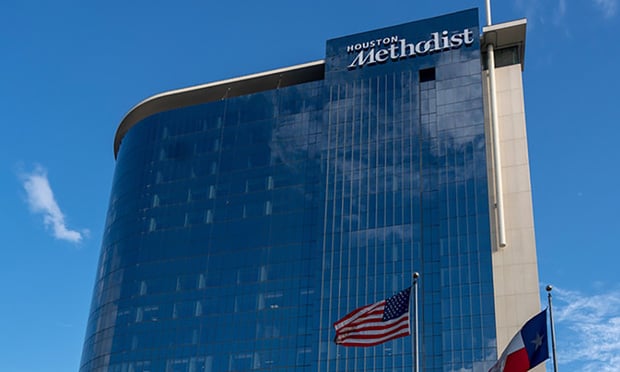If you hate daylight saving time and all the confusion and sleepdeprivation it brings, you now have solid data on your side. Awave of new research is bolstering arguments against changing ourclocks twice a year.
|Related: A third of Americans don't sleepenough
|The case for daylight saving time has been shaky for a while.The biannual time change was originally implemented to save energy.Yet dozens of studies around the world have found thatchanging the clocks has either minuscule or non-existent effects onenergy use. After Indiana finally implemented daylight saving,something that didn't happen until 2006, residents actually usedmore electricity.
|Daylight saving time isn’t just a benign relic of the 1970senergy crisis. The latest research suggests the time changecan be harmful to our health and cost us money. The effectsare most disruptive in the spring and fall, right after thetime changes occur. Clocks in the U.S. will spring forward thisyear on Sunday, March 12. Most of Europe moves to daylight savingtime two weeks later.
|The suffering of the spring time change begins with theloss of an hour of sleep. That might not seem like a big deal,but researchers have found it can be dangerous to mess with sleepschedules. Car accidents, strokes, and heart attacks spike inthe days after the March time change. It turns out that judges,sleep deprived by daylight saving, impose harsher sentences.
|“Even mild changes to sleep patterns can affect human capital insignificant ways,” two Cornell University researchers, Lawrence Jinand Nicolas Ziebarth, wrote last year.
|Related: Heart attack victims are gettingyounger
|Some of the last defenders of daylight saving time have been acluster of business groups who assume the changehelps stimulate consumer spending. That’s not true either,according to recent analysis of 380 million bank and credit-cardtransactions by the JPMorgan Chase Institute.
|The study compared Los Angeles with Phoenix in the 30 daysafter the March and November time changes. Arizona is a naturaltest case since it's one of the two states, along with Hawaii, thatdoesn’t do daylight saving.
|Related: 5 sleep tips to amp upproductivity
|In the spring, according to the consumer transaction data, theadditional hour of evening daylight in Los Angeles managedto slightly boost card spending per person, compared with thatin Phoenix, although by less than 1 percent. That spending uptickis swamped by the negative impact of the November time change,which sees the darkened population of Los Angeles spend 3.5percent less at local retailers.
|After the autumn time change, shoppers made far fewer trips tothe store, especially during the week. Grocery stores, discountstores, and other retailers bore the brunt, while restaurants andservice businesses were mostly unaffected.
|In other words, daylight turns out to be a surprisinglylarge factor in how often workers stop at stores on their wayhome from their jobs in the evening. “At the end of the day, it’seither dark or light, and [people are] going to make an impulsedecision at that point,” Diana Farrell, president and chiefexecutive of the JPMorgan Chase Institute.
|One possible explanation for the sharp spending decline,Farrell said, is that the extra hour of darkness could pushmore people to shop online rather than in-person. The studylooked only at transactions via local retailers.
|Daylight saving time may threaten our health, hurt localretailers, and otherwise disrupt our lives. But can anything bedone about it?
|As Hawaii and Arizona show, the U.S. government gives states achoice as to whether to adopt daylight saving time. But statesaren't currently allowed to switch to daylight saving timeyear-round. Last year, 19 bills were pending in state legislaturesaround the U.S. to end the biannual time change, according to theNational Conference of State Legislatures. None passed.
|Daylight saving is “an example of how sticky policy canbe,” Farrell said.
|Since the beginning of the year, state legislators haveintroduced an additional 20 bills on the topic, according to theNCSL. Eleven bills, including proposals in Texas andCalifornia, would put states permanently on standard time; nine ofthe bills aim to make daylight saving time permanent, many of themby urging lawmakers in Washington to change the rules.
|That looks unlikely. In a search of bills pending in the U.S.Congress this year and last year, none mention daylight saving.
|Copyright 2018 Bloomberg. All rightsreserved. This material may not be published, broadcast, rewritten,or redistributed.
Complete your profile to continue reading and get FREE access to BenefitsPRO, part of your ALM digital membership.
Your access to unlimited BenefitsPRO content isn’t changing.
Once you are an ALM digital member, you’ll receive:
- Critical BenefitsPRO information including cutting edge post-reform success strategies, access to educational webcasts and videos, resources from industry leaders, and informative Newsletters.
- Exclusive discounts on ALM, BenefitsPRO magazine and BenefitsPRO.com events
- Access to other award-winning ALM websites including ThinkAdvisor.com and Law.com
Already have an account? Sign In
© 2024 ALM Global, LLC, All Rights Reserved. Request academic re-use from www.copyright.com. All other uses, submit a request to [email protected]. For more information visit Asset & Logo Licensing.








